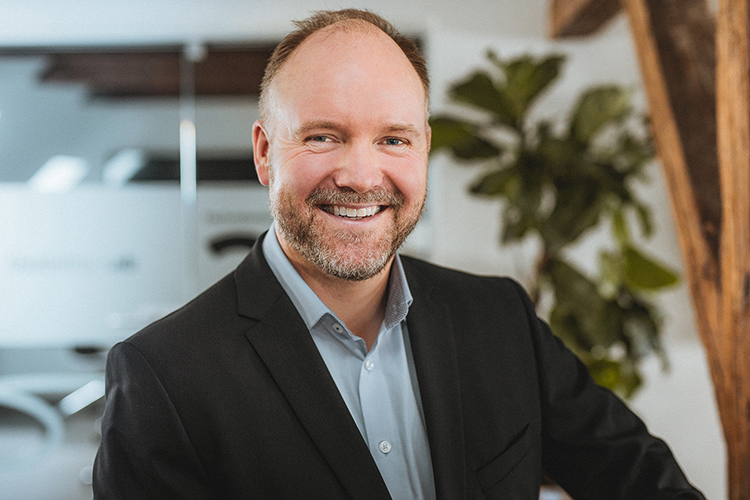scoping - in short
Scoping creates strategic directions that meet the ambition
Challenged with a project or problem? Scoping eases your decision-making with three informed directions founded in technical analysis and creative problem solving.
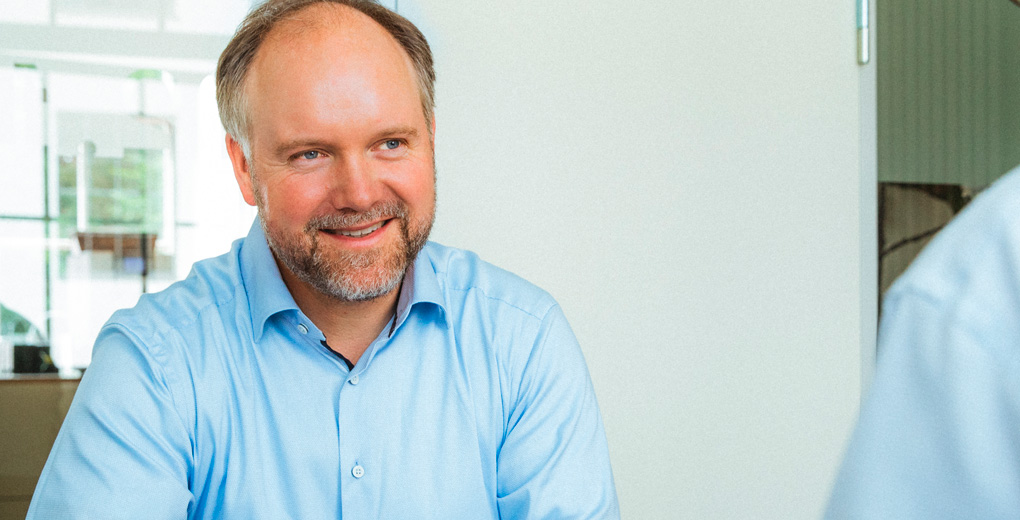
project or problem
Learn how Scoping can help you. Case by case.
Projects
Case summary: During product development, a client needed to adapt their device to different dosage sizes. We analyzed the possibilities and provided suggestions for the client’s decision-making process.

Challenge: To reach a wider patient group for their drug-delivery device, our client needed to be able to adapt the device to different dosage sizes. This required a clarification of possible changes and their costs, while at the same time aiming to prevent dose-splitting.
Solution: Our first step was to agree on clear boundaries for the changes we could introduce to the already approved device to avoid having to go through a new approval. We then made a thorough analysis of the changes that were possible, including their costs and consequences for the development project. As an option for a mechanical solution, we designed an add-on that would deliver the correct doses, which would be able to go through a separate approval process without affecting the ongoing development project.
Result: Based on the data from our analysis, the client was able to make an informed decision on how to proceed with the device development in a way that would reach their goal: To deliver the appropriate drug doses to the different user groups.
Case summary: A client had an idea for a biopsy device and wanted a turnkey solution for developing the idea into a market-ready product. We handled the entire development process using a combination of our in-house competences.

Challenge: A manufacturer of laboratory equipment had an idea for a closed system for collecting biopsy material without exposing the HCP or lab tech to formalin spillage or vapor. The client wished to outsource the entire development process and receive a simple production and delivery setup.
Solution: Our teams of medical device development specialists took the product development process from idea to market launch, handling all the steps necessary for designing and testing a new device and taking it through regulatory approval, including setting up production, post-market surveillance, and a quality management system for the company.
Result: By taking over all product development activities, we supplied our client with a push-button solution for manufacturing and delivering a groundbreaking, easy-to-use new device which can protect health personnel from the negative effects of formalin exposure.
Case summary: An investor company requested an analysis of the proposed development plans of a company they were considering for investment. Based on our product development experience, we provided the client with the necessary data to use as a basis for their decision.

Challenge: As part of the evaluation of a company under consideration for investment, the investor requested an assessment of the plans that had been made for developing a new concept for drug-delivery.
Solution: We analyzed the organizational setup outlined for the development project to clarify whether the plans for budgets and timing were realistic compared to the goals expected to be achieved. Our findings showed that the proposed plans for the project were indeed reasonable and well thought out, and this was our response to the request along with a couple of suggestions for the project that the investors could decide to include in their evaluation process.
Result: We used our experience in medical device development to provide a more solid basis for decision-making. The investor decided to move forward with the acquisition, and the new product is under development.
Case summary: A pharma company requested an overview of potential drug delivery manufacturers for a new type of device. We shortlisted existing and coming suppliers and evaluated their suitability as a supplier for our client.

Challenge: A pharmaceutical company wished to find a drug delivery platform manufacturer to provide a solution for delivery of their drugs using a new technology. The first step was to get a clear picture of the possibilities in the market and assessments of any relevant manufacturers.
Solution: The drug delivery system was to be of a type that had not yet been standardized, which meant that our task was to research and map out the suitable drug delivery platforms under development. By examining all the potential suppliers according to a fixed set of parameters across several business areas, we rated each manufacturer for their level of maturity and ability to deliver the desired solution.
Result: The shortlist of possible suppliers we provided for our client enabled them to move directly to deciding which manufacturer to select for producing their drug delivery system.
Case summary: A pharma company wanted to bring their device development in-house. We assisted them with building up their device development function and are currently working on the first and second device generations

Challenge: A pharmaceutical manufacturer wanted to take ownership of their development of drug delivery systems, which had previously been operated by a third-party supplier. They requested our assistance to start up this new function within their company and provide the necessary skills and work resources.
Solution: Our specialists supplied the skills and competences that were not currently present in the company and thus filled the gaps to create a full medical device development function. After bringing the first product to the approval stage, we proceeded to the next product generation, now being developed into a device platform solution.
Result: The first generation of the device platform has entered the approval process, and the next generation is underway with expansion of the platform to support additional drug types.
Case summary: A client needed a looks-like-works-like prototype to test market readiness for their new product. We developed a high-level prototype with several device functions to test the reactions of potential users and buyers.
Challenge: As biological drugs are evolving into being as effective as synthetic drugs, the requirement increases for new types of drug-delivery devices that can accommodate the characteristic fluid properties of biological drugs. Before making the decision to initiate the development of this new and different product type, our client wanted a high-level prototype to test the market readiness for their product.

Solution: We created a functional, life-like model of the client’s product, complete with packaging and instructions for use. Potential stakeholders could try out realistic device functions such as filling the device with medicine, turning it on and ejecting medicine through the needle, which would then retract.
Result: The client was able to let various types of stakeholders test the device and have their reactions before deciding whether to put the device into development.
Case summary: Our client needed help plotting a route to a minimum viable product for a new device type in order to obtain proof of concept and start clinical trials. We gave suggestions for activities, plans and responsibilities that provided the client with the necessary insights for moving forward with the project.
Challenge: A client wanted to develop a new, never-before-seen technology for drug delivery and needed help with obtaining proof of concept to be able to start clinical trials.

Solution: We developed a detailed set of plans for structuring the processes, designing the prototype, creating the documentation, and assigning responsibilities for all the parts of the project. Our main focus was to make it possible for the client to test the feasibility of the new concept by presenting sufficient data to be able to proceed to the clinical phase without overcomplicating the initial development of the new technology, which could stall out the project.
Result: We provided our client with an overview of the necessary elements for proof of concept, including prototype design, level of documentation, and recommendations for insourcing and outsourcing, which created the required basis for their decision-making process.
Case summary: A client wanted help making their drug-delivery platform more customizable. After exploring the stakeholders’ wishes for the platform, we mapped out the possible customizations against their costs and provided easy-to-use data for selecting the right solution.
Challenge: A client’s device platform had been deliberately kept very simple to limit the number of items in stock. At the same time, they wished to increase the possibilities for customization to make the platform more attractive to the drug developing teams in the organization.

Solution: Our first step was to gather information about which customization options would be attractive to the drug developing teams. We mapped out these options according to their feasibility and quantified their cost in terms of time and money. This way it was possible before deciding on a drug delivery solution to see the available customizations and their costs.
Result: With the clear overview of options and costs, the dialogue between drug development and device development was improved, and the decision-making process was faster and more efficient.
Case summary: The complex technology of our client’s device made it unaffordable in many attractive markets. They had a vision of a simplified product they could take to new markets and requested our help with conceptualizing the mechanical solution.
Challenge: Our client had a wish to take their drug-delivery device to new markets, but its complex technology would make the product unfeasible for low-income markets.

Solution: Our contribution was a redesign of the product to operate with a less complex, mechanical-only technology. We investigated accessories available on the market and calculated the force necessary to manually carry out the operation which was previously done electronically by the device. This enabled us to reach the best possible balance between injection speed and force required.
Result: The results from our calculation and design work was used as the basis of the client’s development plan and gave them the data that enabled them to communicate the expected project scope and product selling points to the company’s top-level management.
Problems
Case summary: Our client requested a multi-feature redesign of their product, an air conditioning system for lab animals. We created a new product architecture for ease of assembly and customization and improved the usability and visual design of the user interface.
Challenge: A manufacturer of an air conditioning system for animal facilities wanted a redesign of several product features to make their solution customizable and achieve a more cost-effective production.

Solution: Our task was to create a product architecture that made it possible to assemble the product efficiently during production as well as customize the product by easily replacing certain components. At the same time, we minimized the number and cost of the components included in the solution. Finally, we created a new visual design of the user interface, and the overall usability of the system was simplified.
Result: Production time has been reduced by more than 25% and the manufacturer of the air conditioning system has seen significantly increased sales and market expansions.
Case summary: Close to deadline, it was discovered that our client’s device was at risk of not passing the required drop tests. With a comprehensive root cause analysis, we mitigated the risk of faulty devices and adjusted the test method to make it more reliable.
Challenge: Shortly before going into verification and validation, it was discovered that our client’s product in rare instances did not pass its drop test. It was not possible to postpone the upcoming V&V tests, and there were no possibilities for making changes to the product, so our double task was to identify the cause of the anomalies and find a way to pass the tests.

Solution: Since physical changes were not possible, we investigated all other parameters related to the product such as handling and transportation, manufacturing and assembly, test methods, etc. We traced the problem to a small, late-stage design change, which we mitigated for final production. For the upcoming tests, we looked for a way to demonstrate that the device did in fact perform within specifications. This led us to make changes to the statistical basis for the calculation of the test results, which made the calculations more reliable.
Result: The client was able to pass the verification and validation tests and launch the product with the reassurance of having mitigated the unforeseen risk of breakage.
Case summary: At a late project stage, our client faced multiple instances of potential IP infringement on other inventions and requested a redesign of their product. We analyzed the cases in detail and found that only a few of them required minor changes to the product.
Challenge: Five potential counts of IP infringement were discovered at a mature project stage leading to a request from our client to redesign the problematic aspects of the product.

Solution: As a starting point, we performed an in-depth analysis of the specific infringements flagged by the IP lawyers. We quickly discovered that three of the counts were in fact not relevant for the product under development when examined in detail. For the two remaining counts, relatively minor reworks were sufficient to avoid infringement, which we implemented while taking care not to introduce risk of new infringements.
Result: The client’s development project was able to keep progressing while the IP question was addressed, and by doing a detailed analysis we were able to solve the problem with no impact on the project timeline.
Case summary: A client’s device needed a redesign to include a new intended use. Using simulation, mechanical engineering and test & verification, we ensured that the device could meet the performance requirement.
Challenge: A device manufacturer wanted to add a new intended use to their product, which required modification of a mechanical feature as well as adding new user groups. Specialists from several different fields were needed for the company to be able to finalize the modified product for approval.

Solution: After establishing the product feature that needed redesigning, we used simulations to decide which one of our proposed concepts to move forward. We made changes to the joining technique, including assembly solutions, qualified a new material, and developed a test and verification framework to ensure that the product could reach the desired performance level.
Result: In a compressed process close to launch we carried out a complex product feature redesign that required the participation of several of our in-house fields of expertise. This enabled the client to market their product with an added medical indication within the expected timeframe.
Case summary: Before the acquisition of a new company, our client asked us for technical insight into the company’s products. Our extensive examination revealed that the products were not quite as innovative and high-quality as claimed.
Challenge: As part of the evaluation of a company under consideration for an acquisition, we were requested to deliver technical insights on the company’s products regarding product claims and level of quality.

Solution: We took apart the products to assess their quality and construction to reach an approximate valuation of the components. Using products from some of the company’s closest competitors, we made a comparison of the level of quality and how easy it would be to copy the products.
Result: Our findings showed that the products and components were not quite as unique or high-quality as claimed by the company, and they did not distinguish themselves from their competitors in any significant way. The client eventually decided not to proceed with the acquisition.
Case summary: A client needed specific values for the force required to remove the cap from their product. We developed a series of prototypes with adjustable forces, which saved time and materials while improving the accuracy of the test results.
Challenge: A client needed input for setting requirements for the pull-off force of a drug container cap. Specifically, they needed knowledge about how much force users were able to apply when removing the cap from the container.

Solution: We created a series of prototypes for the usability studies to test different pull-off forces with users. Rather than molding several different prototypes, we used magnets for varying the pull-off force in the prototypes. This made it possible to test the different pull-off forces with a high degree of accuracy, while reducing the number of physical prototypes necessary.
Result: We delivered a series of simple and accurate prototypes which could be used for obtaining the data required for setting the product development requirements.
Case summary: When our client’s device could not pass its drop test, we worked in parallel with the project to identify the root cause and mitigate it without changing the internal mechanics of the device.
Challenge: For unknown reasons, our client’s device did not perform as expected during drop tests, and it was necessary to find and mitigate the cause of the problem without introducing delays to the development project.

Solution: A parallel track was added to the project, and we started uncovering feasible strategies for increasing the robustness of the vulnerable part with as little impact as possible on the rest of the device. Rather than unleashing a major redesign of the internal mechanics of the device, we concentrated on adding shock absorbing properties to the part where the failure originated. Using simulations, prototypes, test and verification, and high-speed cameras, we determined the type, amount and placement of the added shock absorbant and created a documentation package containing all the data needed for implementing the mitigations at a later stage.
Result: Our client had reassurance that the device would be able to pass the drop test at the verification and validation stage. Due to our documentation of the mitigation activities required, the client could include the mitigation effort in the project when it was suitable for them.
Case summary: A new drug delivery platform was being introduced to our client’s drug developing teams. We analyzed their specific information needs, which we used for creating a playbook for easy access to platform data.
Challenge: A pharmaceutical company for whom we were developing an autoinjector device was looking for a way to introduce the new device to the drug-developing teams in the organization. They needed to know the features of the new drug delivery platform and the process of adapting a specific device to the drug under development.

Solution: The classic approach would be to create a set of marketing materials promoting the features we had developed. However, we decided to start by taking a step back and analyze which information was necessary for the drug-developing teams for selecting the appropriate drug delivery solution. We presented a comprehensive overview of the product features and development timelines from the perspective of the drug developers and structured the information in the form of a playbook to make it easily accessible regardless of the search parameter.
Result: The information material is being used extensively, and the drug delivery platform has been widely adopted since the playbook was introduced. This helps to ensure a high ROI from the resources spent on developing the drug delivery platform.
Case summary: An error was suspected in a device which required a full root cause analysis. We traced the error to an assembly process and mitigated the risk while making sure the product could pass verification and validation tests.
Challenge: An error was suspected in the activation mechanism of a device shortly before going into verification and validation. A full root cause analysis was initiated to investigate each part of the device lifecycle and find the origin of the failure.

Solution: During our analysis, we narrowed down the possible causes of the failure to an assembly irregularity that could lead some device parts to become tangled and block activation of the device. By reworking the assembly inspection specifications for this production step, we were able to bring down the risk of this failure occurring to an acceptable level.
Result: The client’s device was able to pass verification and validation, and the adjusted inspection steps prevented the users from experiencing this problem.
Some of our Scoping tools
-Project planning
-Project budgeting
-Project charter
-Product economy mapping
-Technology scouting
-IP assessment
-Competitor mapping and analysis
-Supplier mapping and analysis
-Organizational GAP analysis
-Concept development
-Concept Analysis
-Risk matrix
-Risk & GAP analysis
-Risk mitigation
-Proof of concept
-Product specification
-Platform mapping
-Strategic option mapping
-Vendor CMO qualification
-Project governance map
-Stage gate planning
-Product cost
-Project preconditioning mapping
-Root cause analysis
-SWOT analysis
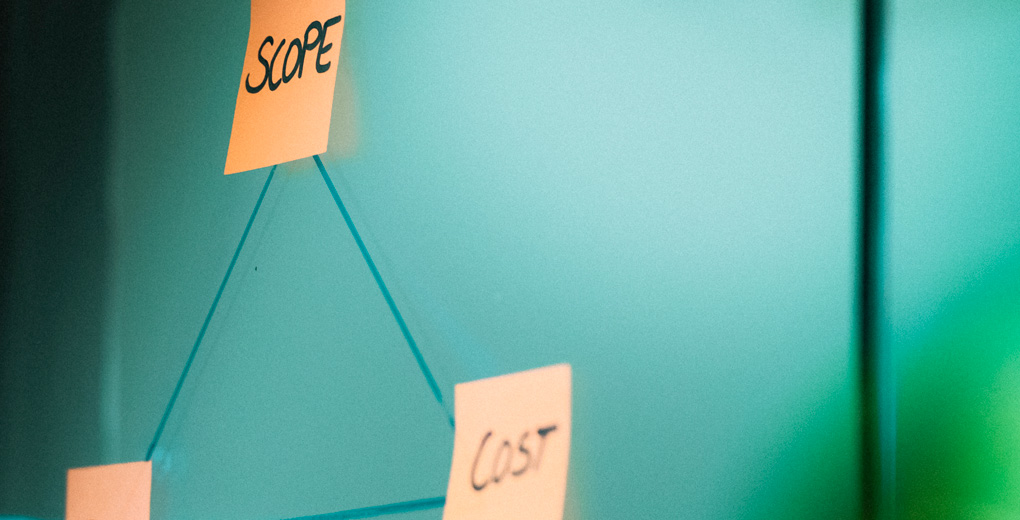
scoping - the long read
Scoping gives you a foundation for strategic decisions within a short timeframe.
MedTech and Pharma development is well-known for a high level of complexity. When challenges arise unexpectedly during an otherwise well-planned development process, or during new product development efforts, solving these strategic R&D challenges can become an expensive and time-consuming endeavour for MedTech and Pharma companies. This is where Scoping becomes highly relevant.
Making tangible recommendations fast
With the Technolution Scoping approach, our team of specialists works closely with clients to create a foundation for strategic decisions within a short timeframe. With 24 years of industry experience and more than 65 specialists working within ten MedTech areas, we are ready to combine our R&D expertise to quantify possible directions and solve your strategic R&D challenge efficiently through a holistic approach. Our extensive experience with real-world MedTech projects ensures that our recommendations for clients are tangible and actionable.
More collaboration models
A key aspect of our Scoping approach is that we always obtain a deep understanding of the client’s specific problem context. This is crucial in order to correctly diagnose the strategic R&D challenge, create strategic directions forward and ultimately help the client mitigate risk and keep time-to-market. We can assist throughout a project regardless of project maturity and offer clients a variety of collaboration models depending on the timeframe and level of engagement of the client. Whatever the problem context, we are here to help on the terms and conditions that suit our clients best.
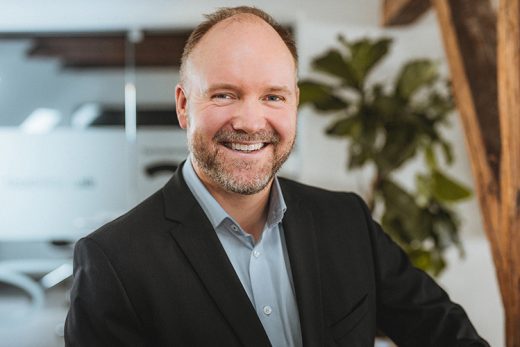
Want to know more?
Get in touch
Contact Peter today and hear more about how Scoping can create value for your project.
what people say
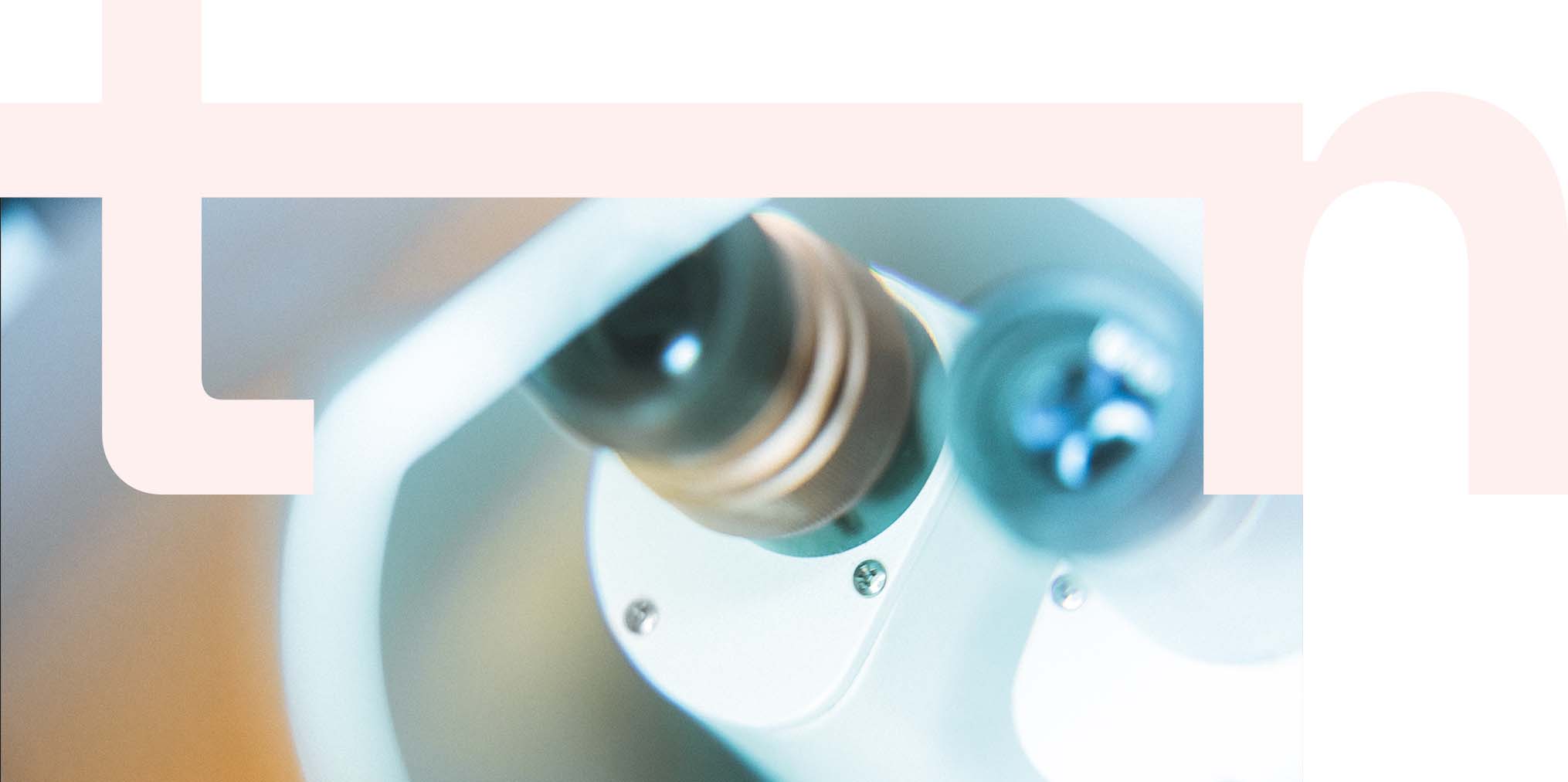
What we do
We have ten areas of expertise that take you from A-Z
Whether you need a single competence or any combination of skills, our experts are ready to assist you through the entire development process. Based on the specific needs of the project, we assemble the ideal team of specialists.
related cases
Cases you might be interested in:
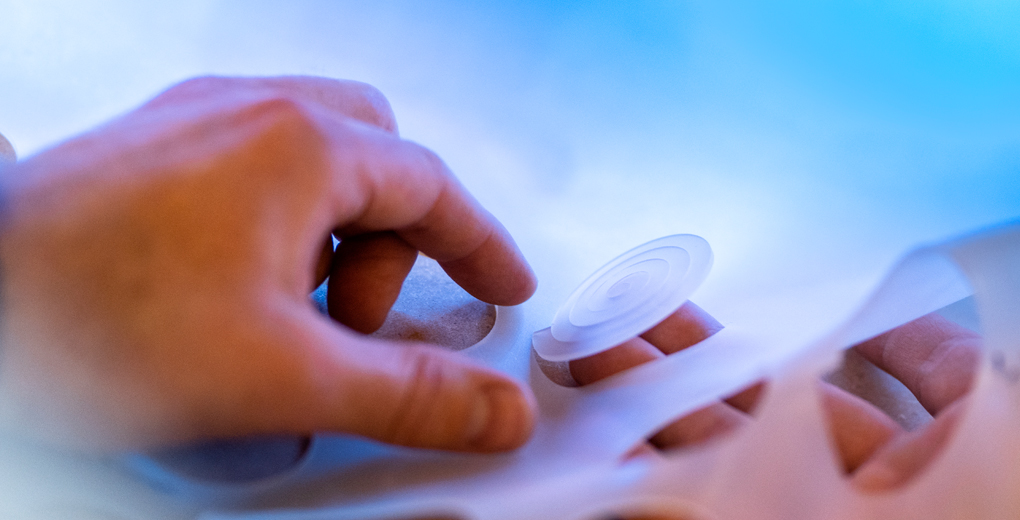
Fast-tracking proof of concept with strategic use of Scoping
A unique private-public collaboration proved it possible to take several years off the preclinical investigation phase and fast-track the project to clinical trials.
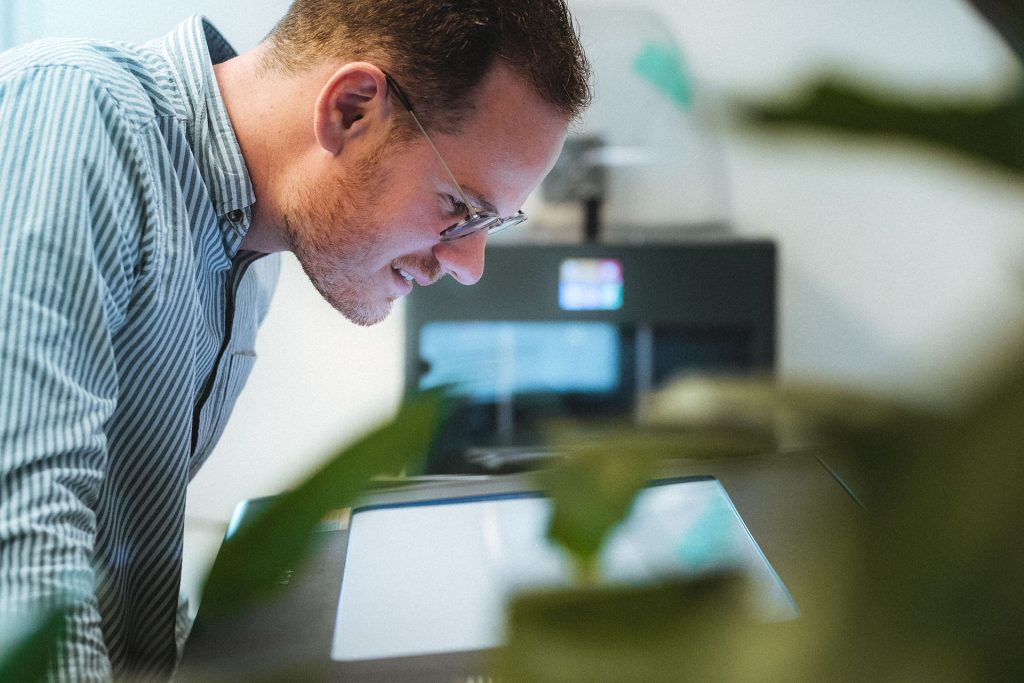
So you want to launch a product people will love?
You have an idea for a new product. It is actually great and you think to yourself: ‘If I find this useful surely others will, too. People even say they can’t wait to get their hands on it.
